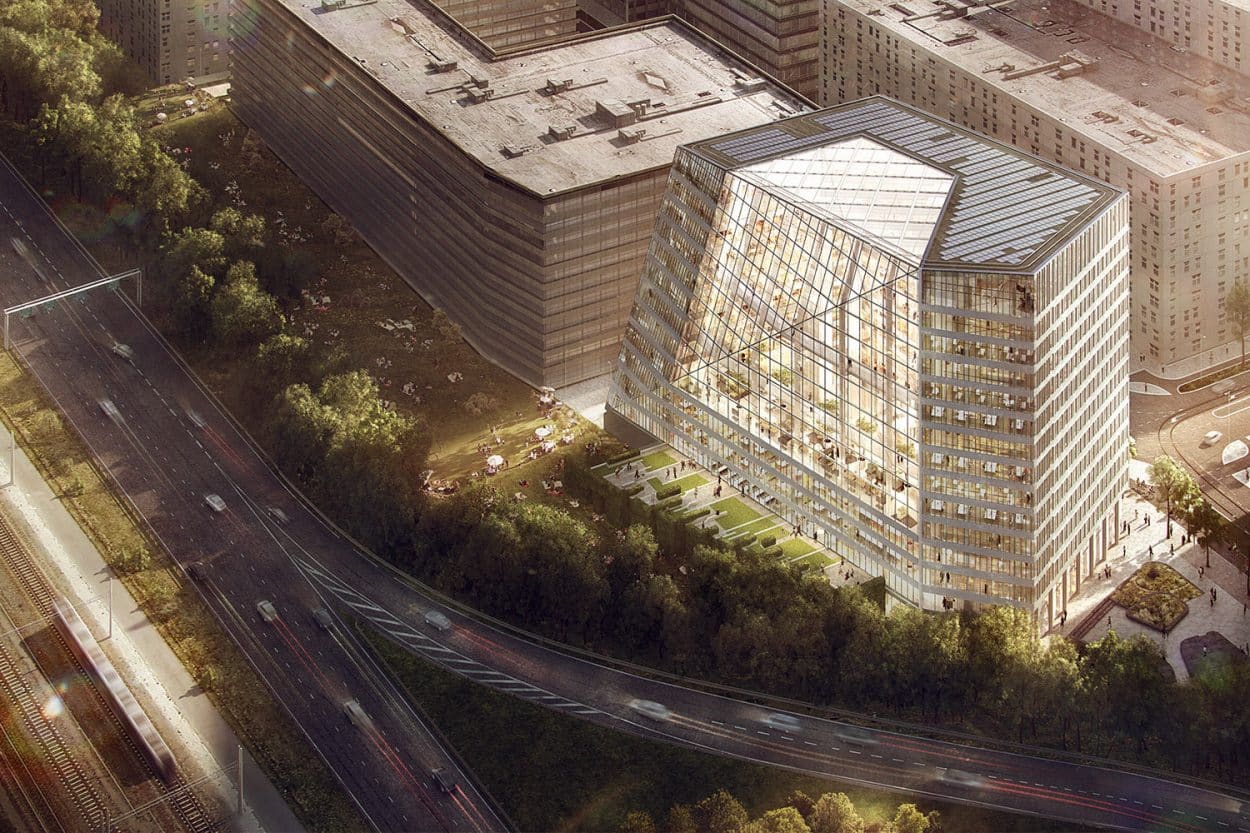Once upon a time, all we asked of our buildings was that they shelter us from the elements. As we enter a new era of building design and construction, those days have been left far behind.
Thanks to rapidly advancing technology—encompassing everything from sensors and the Internet of Things (IoT) to new materials and nanotechnology—we are now on the verge of creating buildings where virtually every structural element has an operative, interactive nature. Such “intelligent” buildings not only offer a whole host of services to their occupants but leverage their automation to maximize productivity and efficiency and to minimize environmental impact.
The Boston Consulting Group estimates the value of the intelligent building market will reach $339 billion by 2022. According to Jim Sinopoli, architect and founder of Texas-based Smart Buildings, the proliferation of such structures will redefine the way we work and live.
“Building owners are now integrating technology that simply wasn’t on the market a few years ago,” says Sinopoli. “The question now is how design engineers and architects will respond. Making buildings smart will be disruptive. But it’s also inevitable.”
Automatic for the People
The concept of the smart building has evolved since its inception over a decade ago, shifting from focused approaches to automating and monitoring specific building equipment towards cohesive systems management. To this extent, a smart building can be thought of as a dynamic ecosystem, with myriad devices communicating with each other, sharing data and responding to various demands.
The human element is a key factor underpinning this development.
“Smart architecture is not only about making buildings cheaper and greener,” says Jim Sinopoli. “It’s also about making them safer and more comfortable for their occupants.”
As “the smartest building in the world”, Deloitte’s new corporate headquarters in Amsterdam—called The Edge—typifies this trend. Its 30,000 embedded sensors not only help with energy savings but continuously micromanage humidity, light and temperature to maximize employee comfort.
Advancing Analytics
The proliferation of IoT devices and their convergence with cloud-based technologies means smart buildings are generating ever-increasing quantities of data. This, in turn, is creating opportunities for the application of artificial intelligence (AI) and big data analytics.
Companies like Siemens, Crestron and PointGrab are already offering AI-based smart building solutions to reduce energy costs, increase workplace productivity and enable preventative maintenance. With more and more building owners looking to automate and optimize their critical operational and financial decisions, such solutions will surely proliferate and become more sophisticated going forward.











